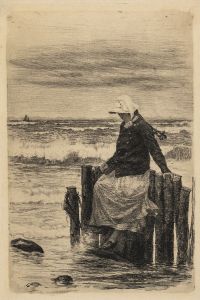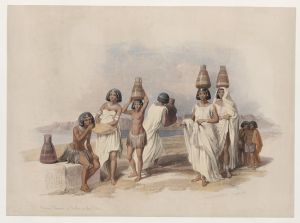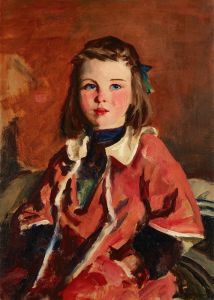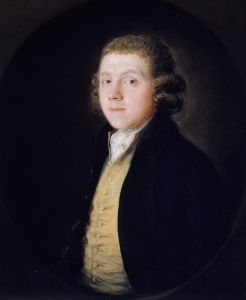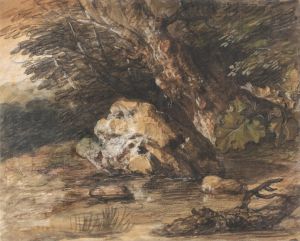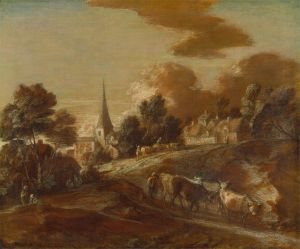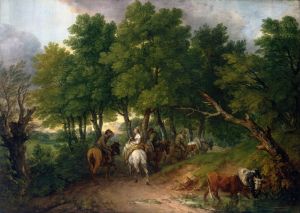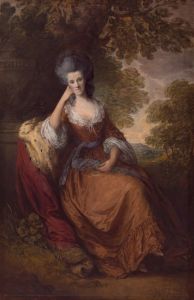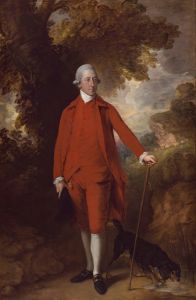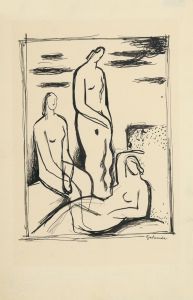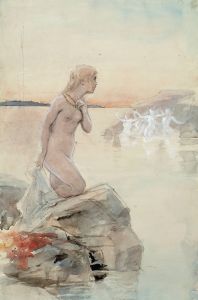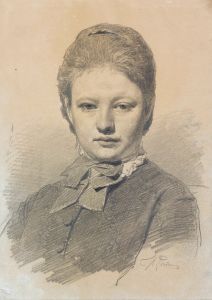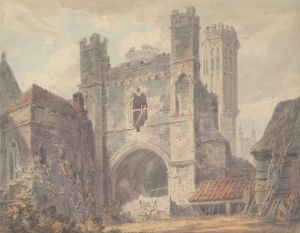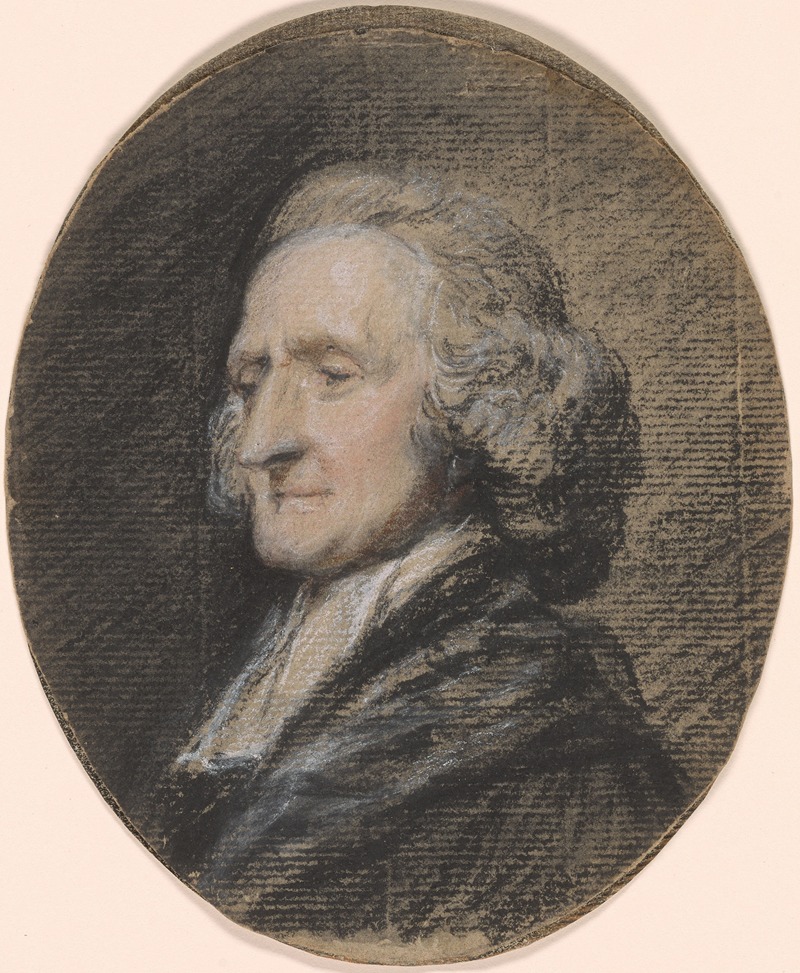
Richard Graves , Rector of Claverton, Somerset
A hand-painted replica of Thomas Gainsborough’s masterpiece Richard Graves , Rector of Claverton, Somerset, meticulously crafted by professional artists to capture the true essence of the original. Each piece is created with museum-quality canvas and rare mineral pigments, carefully painted by experienced artists with delicate brushstrokes and rich, layered colors to perfectly recreate the texture of the original artwork. Unlike machine-printed reproductions, this hand-painted version brings the painting to life, infused with the artist’s emotions and skill in every stroke. Whether for personal collection or home decoration, it instantly elevates the artistic atmosphere of any space.
Thomas Gainsborough's painting "Richard Graves, Rector of Claverton, Somerset" is a portrait of Richard Graves (1715–1804), an English cleric, poet, and novelist. Graves served as the rector of Claverton, a village near Bath in Somerset, for over fifty years. He was a prominent figure in the local community and is best known for his literary works, including the satirical novel The Spiritual Quixote (1773), which critiques religious enthusiasm and Methodism.
The portrait was painted by Thomas Gainsborough (1727–1788), one of the most celebrated British artists of the 18th century. Gainsborough was renowned for his portraiture and landscape paintings, and he spent a significant portion of his career in Bath, where he established himself as a leading portraitist. It was during his time in Bath, likely in the 1760s or early 1770s, that Gainsborough painted this portrait of Graves.
The painting depicts Richard Graves in clerical attire, reflecting his role as a rector. Gainsborough's skillful use of light and texture is evident in the rendering of the fabric and the sitter's features, showcasing the artist's ability to capture both the physical likeness and the character of his subjects. The portrait is considered an example of Gainsborough's mature style, characterized by a naturalistic approach and a focus on the individuality of the sitter.
The exact circumstances under which the portrait was commissioned are not well-documented, but it is likely that Gainsborough and Graves were acquainted through their mutual connections in Bath's intellectual and social circles. Gainsborough's clientele during this period included many prominent figures from the clergy, aristocracy, and gentry.
The current location of the painting is not specified in major public collections, and its provenance is not widely documented. However, it remains an important example of Gainsborough's work and a valuable historical record of Richard Graves, a notable figure in 18th-century English literature and religion.
This portrait highlights Gainsborough's ability to combine artistic skill with an understanding of his sitter's personality and social standing, making it a significant contribution to the tradition of British portraiture.





